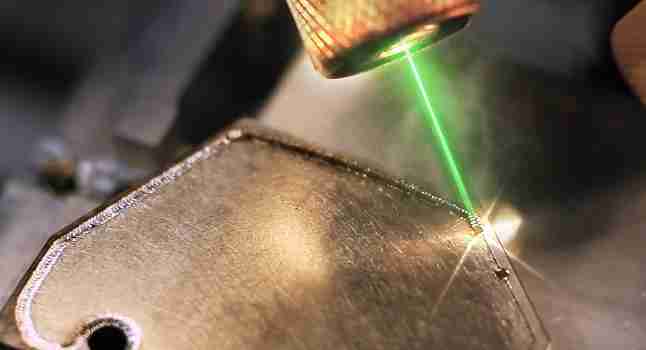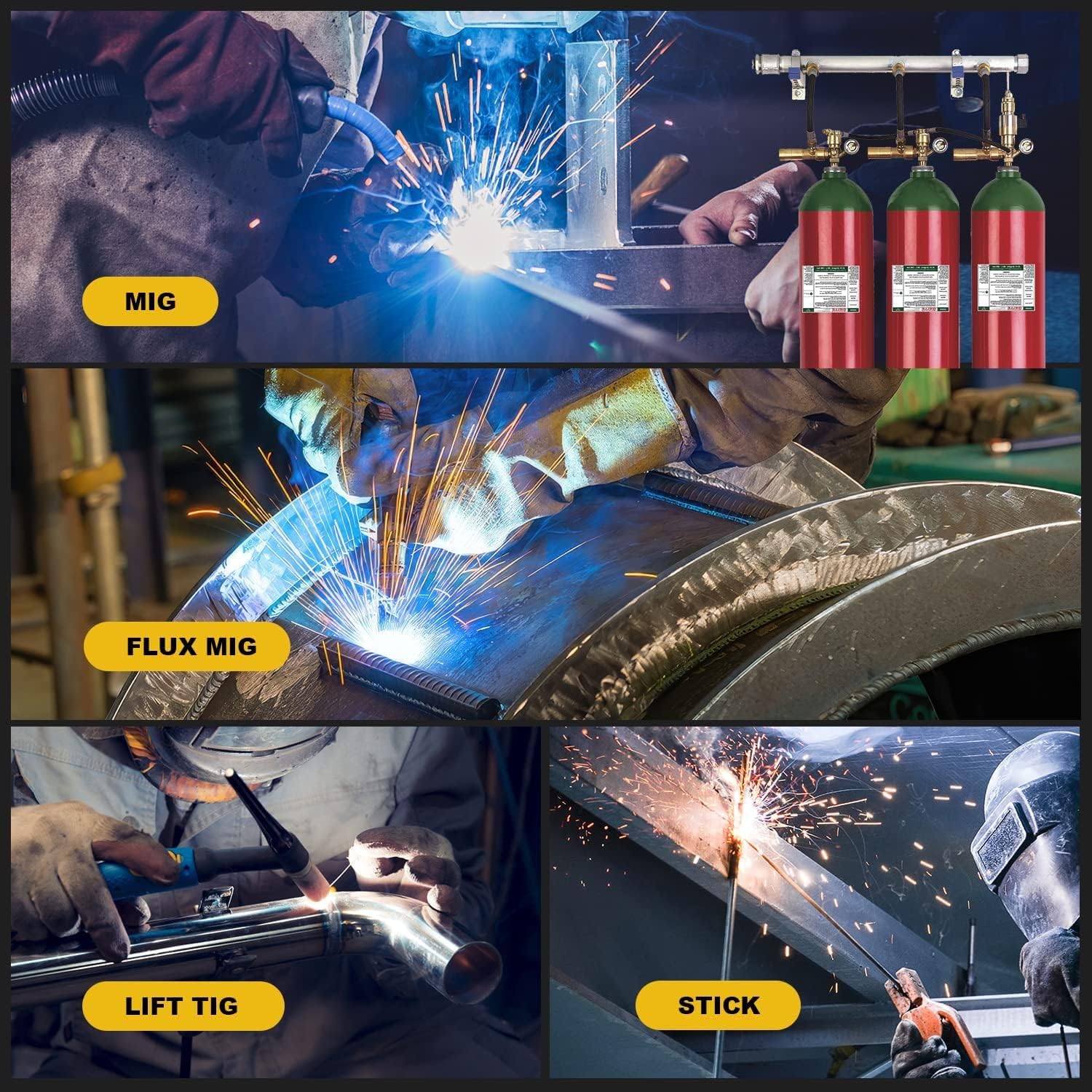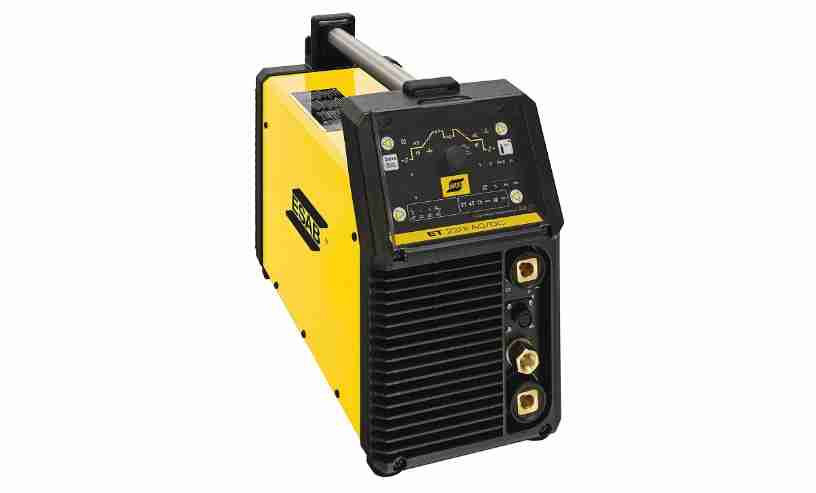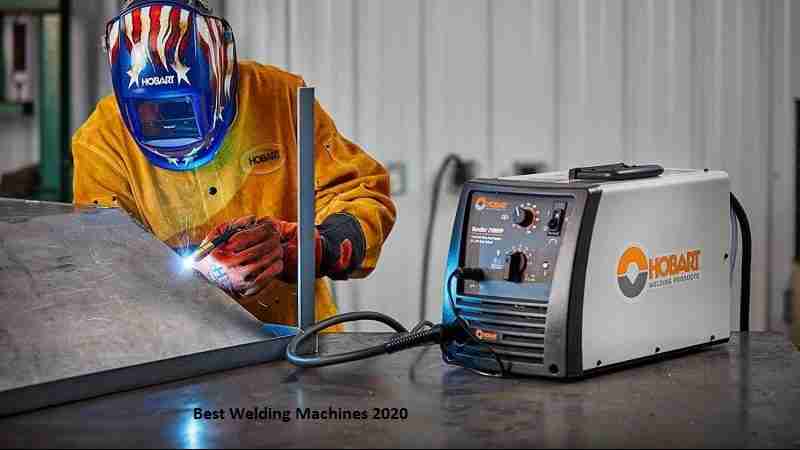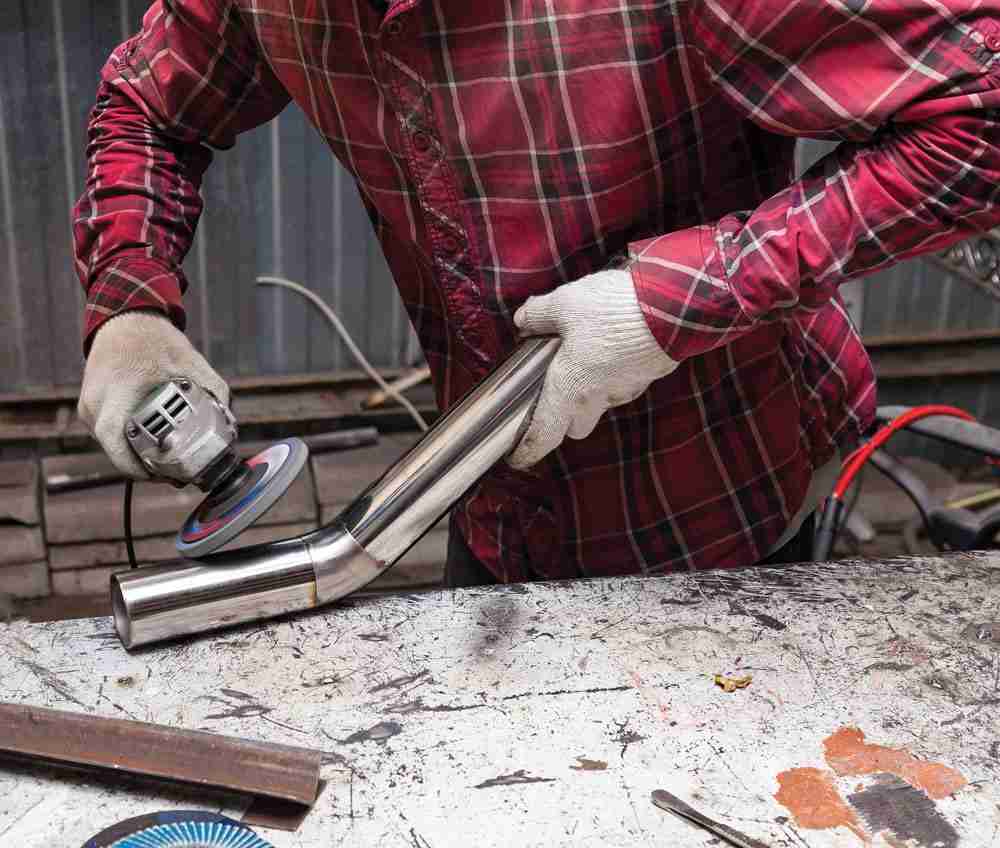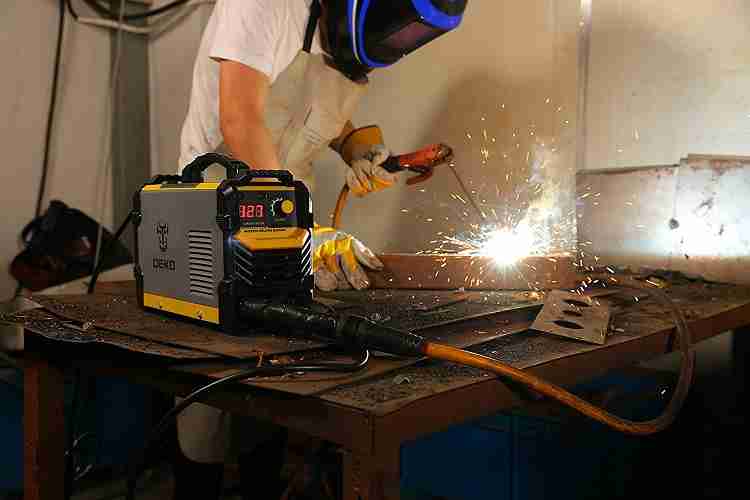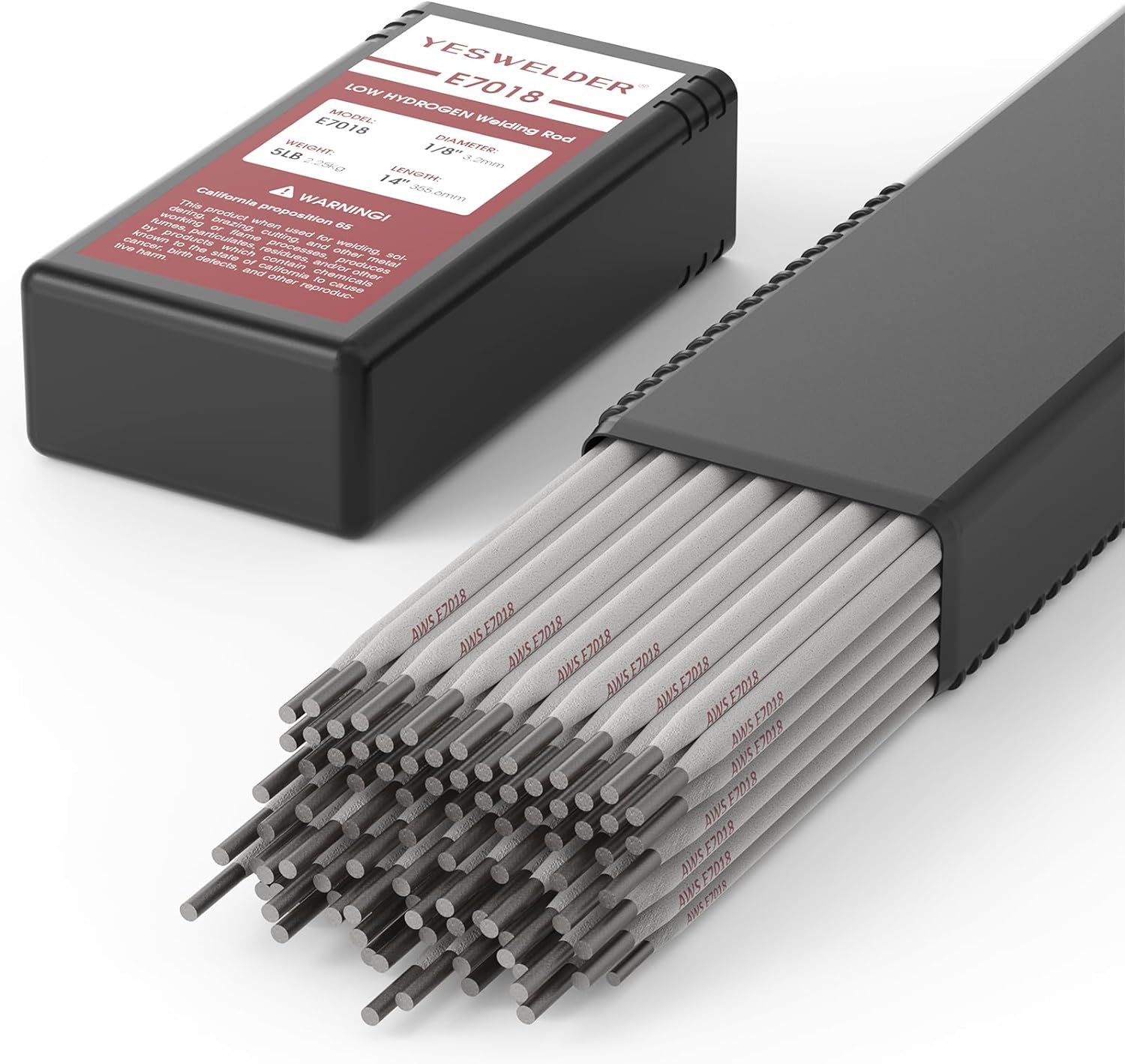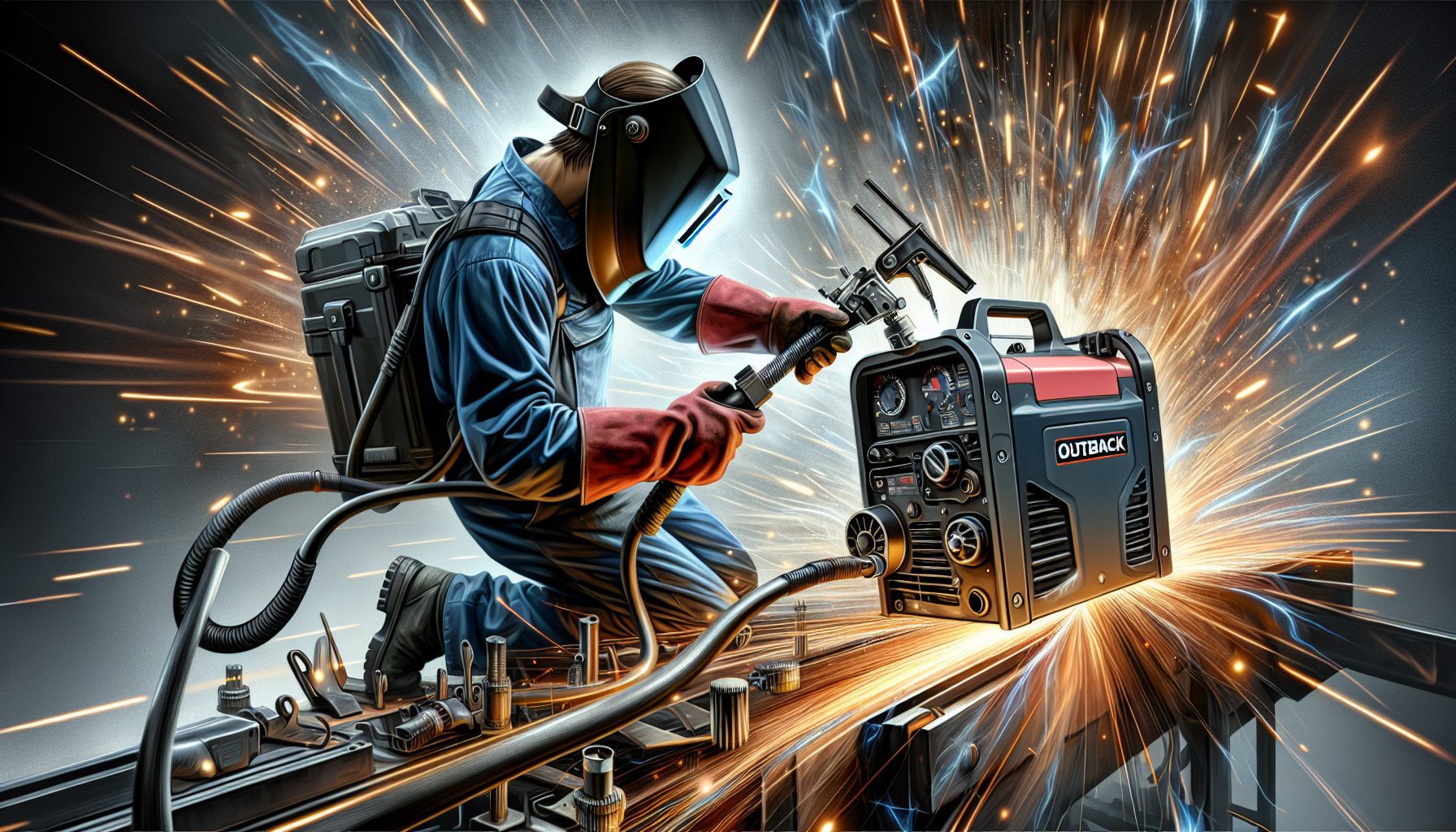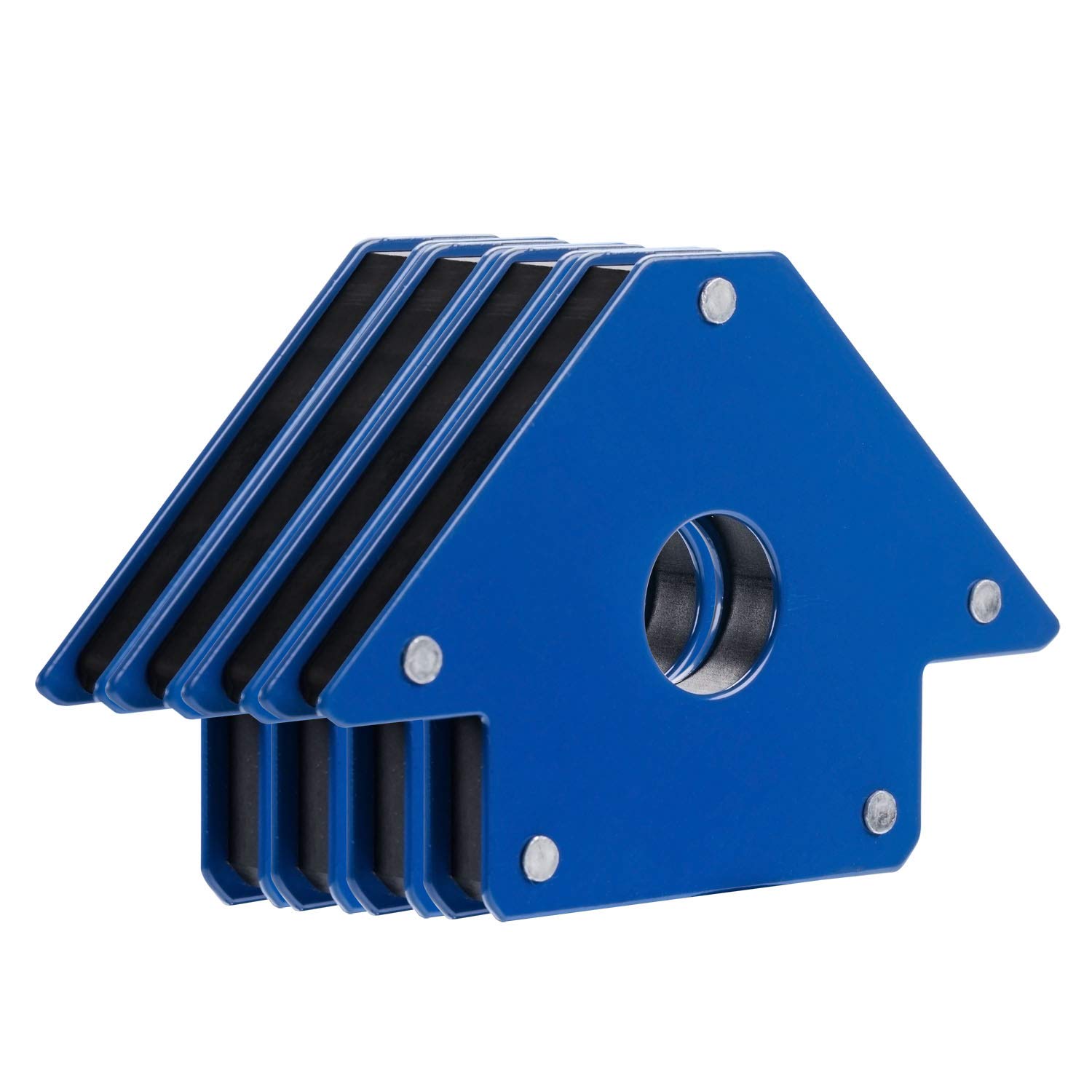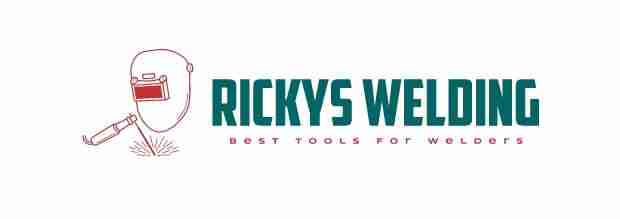So, you’re curious about the art of welding high strength and exotic alloys? Well, you’ve come to the right place! In this article, we’ll break down the secrets of welding these tough materials, providing you with valuable insights and tips on how to work with them effectively. We’ll explore the challenges, the techniques, and the equipment needed to achieve strong and reliable welds, ensuring that your projects with high strength and exotic alloys will stand the test of time. So, buckle up and get ready to dive into the fascinating world of welding these remarkable materials!
Preparation
Before starting any welding project involving high strength and exotic alloys, it is essential to adequately prepare and understand the material properties. Different alloys have unique characteristics that can significantly impact the welding process. By familiarizing yourself with the specific properties of the alloy you are working with, you can determine the appropriate welding techniques, parameters, and safety precautions.
Inspecting the base metal is another crucial step in the preparation process. It is essential to examine the base metal for any imperfections, such as cracks, inclusions, or surface contamination. Identifying these issues before welding allows for proper repairs or preparations, ensuring a successful weld. Additionally, inspecting the base metal helps determine the most suitable joint design and welding technique for the specific project.
Cleaning the workpiece is an often underestimated but vital step in preparing for welding. All contaminants, such as oil, grease, rust, or paint, must be removed to achieve a clean surface. Failure to thoroughly clean the workpiece can result in poor weld quality, porosity, and potential defects. Various cleaning methods, such as wire brushing, grinding, or solvent cleaning, can be used depending on the type and extent of contamination.
Selecting an appropriate filler material is crucial in achieving a high-quality weld. When welding high strength and exotic alloys, it is essential to choose a filler material that matches or exceeds the strength and corrosion resistance of the base metal. The filler material must also provide compatibility to minimize the risk of intermetallic phase formation. Consulting with welding engineers or material experts can help in selecting the right filler material for your specific application.
Welding Techniques
There are several welding techniques available for welding high strength and exotic alloys, each with its advantages and considerations. Understanding these techniques can help determine the most suitable approach for your welding project.
Shielded Metal Arc Welding (SMAW), commonly known as stick welding, is a versatile and widely used welding method. It relies on a consumable electrode coated with flux to create a protective shield around the weld pool. SMAW is suitable for various alloys and thicknesses but requires manual control, making it less suitable for intricate or automated welding applications.
Gas Metal Arc Welding (GMAW), also known as MIG welding, is a popular method that utilizes a continuous wire electrode and shielding gas to protect the weld pool. GMAW provides high deposition rates and excellent control, making it suitable for a wide range of alloys. However, it requires careful control of welding parameters and may not be suitable for welding thick sections.
Flux-Cored Arc Welding (FCAW) is similar to GMAW but uses a tubular wire electrode filled with flux. The flux provides a shielding gas, eliminating the need for separate shielding gas cylinders. FCAW is known for its high deposition rates and deep penetration, making it suitable for welding thick sections. However, it may produce more smoke and require additional cleanup due to the flux.
Gas Tungsten Arc Welding (GTAW), also known as TIG welding, is a precise and versatile method commonly used for exotic alloys. It uses a non-consumable tungsten electrode and an external filler material when necessary. GTAW provides excellent control over the welding process, allowing for high-quality welds, but it may be slower and requires a higher level of skill.
Understanding the strengths and limitations of each welding technique is crucial in choosing the most suitable method for your specific application. Factors such as joint design, material thickness, accessibility, and desired weld characteristics should be taken into consideration.
Understanding Heat Input
Proper control of heat input is essential when welding high strength and exotic alloys. Heat input refers to the amount of thermal energy transferred to the weld during the welding process. Excessive heat input can lead to various issues, including distortion, cracking, and the formation of intermetallic phases.
While welding, it is crucial to control the heat input to prevent distortion and maintain the integrity of the welded structure. Distortion can occur due to the expansion and contraction of the material during the welding process. To minimize distortion, techniques such as back-stepping or employing welding fixtures and clamps can be utilized. Proper fit-up of the joint, including root gaps or bevel angles, should also be considered to minimize thermal stresses.
Another concern when welding high strength and exotic alloys is the formation of intermetallic phases, which can significantly affect the material’s mechanical properties and corrosion resistance. Controlling the heat input and using appropriate welding techniques can help reduce the risk of intermetallic phase formation.
Joint Design
The selection of the appropriate joint type is crucial when welding high strength and exotic alloys. The joint design and configuration significantly impact the strength and integrity of the weld. Different joint types, such as butt joints, fillet joints, or T-joints, provide varying levels of strength and suitability for specific applications.
Ensuring proper fit-up of the joint is essential to achieve a sound weld. Gaps or misalignments may lead to weak or incomplete fusion, increasing the risk of defects. Proper fit-up can be achieved by adequately preparing the base metal, using appropriate welding fixtures or jigs, and implementing precise alignment techniques.
Using backing bars and jigs can be beneficial when welding high strength and exotic alloys. Backing bars provide support on the opposite side of the weld, ensuring proper penetration and minimizing the risk of defects. Jigs, on the other hand, help maintain the correct joint position and alignment during the welding process, resulting in consistent and high-quality welds.
The accessibility of the joint is another important consideration when designing the joint. In some cases, it may be necessary to modify the joint design or employ specialized welding techniques, such as mechanized welding or remote welding, to ensure proper access and achieve the desired weld quality.
Welding Parameters
Determining the optimal welding parameters is crucial in achieving a successful weld. These parameters include the electrical current, shielding gas composition, welding speed, and electrode size or wire feed rate, among others. Proper selection and control of welding parameters ensure the desired weld quality, mechanical properties, and overall performance of the welded structure.
Setting the appropriate electrical current is essential to achieve proper fusion and adequate penetration into the base metal. Higher current levels can increase the weld’s depth and width, but excessive heat input may lead to distortion or other issues. The appropriate current level should be determined based on the material’s thickness, joint design, and welding technique.
Choosing the right shielding gas is essential for protecting the weld pool from atmospheric contamination and ensuring optimum weld quality. The selection of the shielding gas depends on the material type and welding process. Inert gases like argon and helium are commonly used, but the composition and flow rate may vary depending on the specific application requirements.
Controlling the welding speed is crucial in achieving a sound weld with proper fusion and minimal heat input. Welding too slowly can result in excessive heat input and potential defects, while welding too quickly may compromise fusion and lead to incomplete welds. The welding speed should be adjusted based on the specific material properties, joint design, and welding technique.
Preheating and Post-Weld Heat Treatment
Preheating is sometimes necessary when welding high strength and exotic alloys. Preheating serves to reduce the cooling rate after welding, minimize the risk of cracking, and improve the weld’s mechanical properties. The need for preheating depends on various factors, including the material thickness, alloy composition, joint design, and welding technique employed.
There are several preheating methods available, including flame heating, resistance heating, or induction heating. Each method has its advantages and considerations, and the specific preheating requirements should be determined based on the material’s characteristics and the desired weld quality.
Post-weld heat treatment is another consideration when welding high strength and exotic alloys. Heat treatment techniques, such as annealing, stress-relieving, or solution heat treatment, can help alleviate residual stresses, improve material properties, and enhance the weld’s structural integrity. The specific heat treatment process should be determined based on the alloy’s composition, welding parameters, and desired post-weld properties.
Special Considerations for Exotic Alloys
Exotic alloys possess unique properties that require careful consideration when welding. These alloys, such as stainless steels, duplex stainless steels, nickel alloys, or titanium alloys, often have specific requirements for filler material compatibility, heat input control, and prevention of heat-affected zone (HAZ) issues.
Understanding the unique properties of exotic alloys is crucial in selecting the appropriate welding technique, filler material, and welding parameters. Compatibility between the base metal and the filler material should be ensured to prevent potential issues, such as cracking or reduced mechanical properties. Specialized techniques, such as purging or back shielding, may be required to minimize the risk of HAZ issues, such as sensitization or intergranular corrosion.
Preventing contamination and impurities is also vital when working with exotic alloys. These alloys are often more sensitive to contamination from sources such as oil, grease, or dirt, which can lead to weld defects or reduced corrosion resistance. Thorough cleaning of the workpiece and implementing proper handling procedures can help minimize the risk of contamination and ensure high-quality welds.
Welding Safety
Maintaining a safe working environment is of utmost importance when welding, regardless of the material being welded. However, when working with high strength and exotic alloys, it becomes even more critical to follow proper safety practices.
Wearing appropriate personal protective equipment (PPE) is crucial to prevent potential injuries. This includes protective clothing, gloves, safety glasses or welding helmets, and respiratory protection, if necessary. Following safe handling practices, such as proper electrode or filler material storage, handling of welding equipment, and ensuring a well-ventilated work area, can significantly reduce risks associated with welding.
Proper grounding is essential when working with high strength and exotic alloys to prevent electrical shock or potential damage to sensitive electronic equipment. Ensuring the welding equipment is properly grounded and following safety guidelines related to electrical connections is crucial for a safe welding operation.
Practicing safe handling of welding equipment and maintaining the equipment in good condition is essential for minimizing safety risks. Regular inspection of welding equipment, proper maintenance, and following manufacturer’s guidelines for setup and operation can help prevent equipment malfunctions and potential accidents.
Testing and Inspection
Performing thorough testing and inspection of welded joints is essential to ensure weld quality, integrity, and compliance with applicable standards or specifications. Various methods can be utilized to evaluate the weld’s soundness and detect any potential defects.
Visual inspection is the most basic and commonly used method to assess the weld’s appearance, surface conditions, and general quality. This inspection involves examining the weld for visible defects, such as cracks, porosity, lack of fusion, or incomplete penetration.
Non-destructive testing (NDT) methods can provide more detailed information about the weld’s internal quality without causing damage to the welded structure. Techniques such as radiography, ultrasonic testing, magnetic particle testing, or liquid penetrant testing can be employed to detect potential defects or discontinuities that may not be visible to the naked eye.
Tensile and impact testing can be used to assess the weld’s mechanical properties, including its strength and ductility. These tests involve subjecting test specimens to controlled forces or impacts and measuring their response to determine the weld’s performance under load.
Analyzing the weld for defects and evaluating its overall quality is crucial to ensure its reliability and suitability for the intended application. If defects or issues are identified during testing or inspection, appropriate corrective measures should be taken to address and rectify the concerns.
Post-Weld Considerations
After completing the welding process, several post-weld considerations should be addressed to ensure the overall success and longevity of the welded structure.
Cleaning and finishing the weld is an important step to remove any residual slag, spatter, or contaminants that may have accumulated during the welding process. Proper cleaning techniques, such as wire brushing or grinding, should be employed to achieve a clean and visually appealing weld.
Performing post-weld inspections is vital in verifying the quality and integrity of the weld after completion. This inspection involves reevaluating the weld for potential defects, ensuring compliance with project specifications or standards, and assessing any changes that may have occurred during the welding process.
Managing residual stresses is another aspect of post-weld considerations. Welding can induce residual stresses in the material, which may affect its performance and durability. Techniques such as stress-relieving, heat treatment, or mechanical methods can help alleviate these stresses and improve the weld’s structural integrity.
Implementing proper storage and maintenance practices is essential to ensure the long-term performance and durability of the welded structure. This includes protecting the weld from environmental factors, such as corrosion or oxidation, and following manufacturer’s guidelines for maintenance or repair, if necessary.
By addressing these post-weld considerations, the weld’s quality, reliability, and overall performance can be maximized, ensuring the longevity and success of the welded structure.










